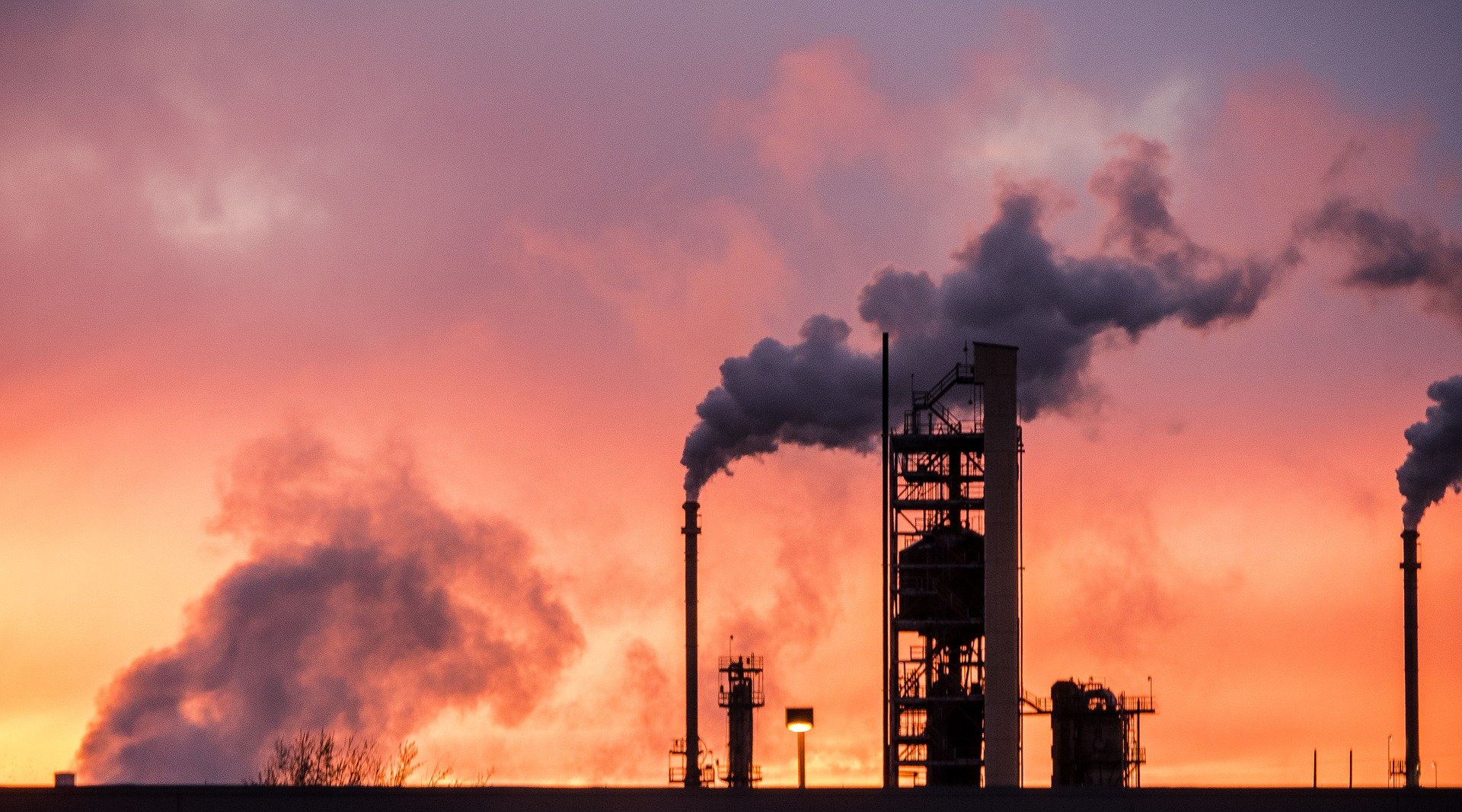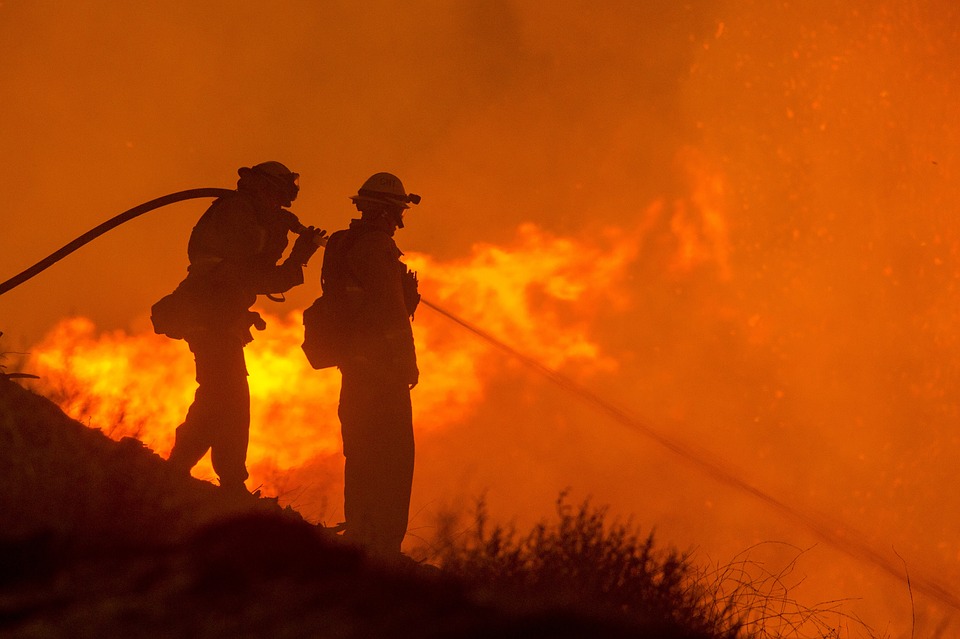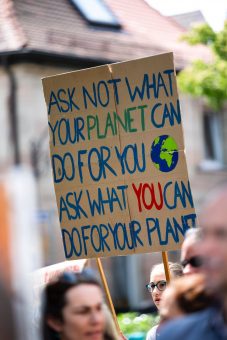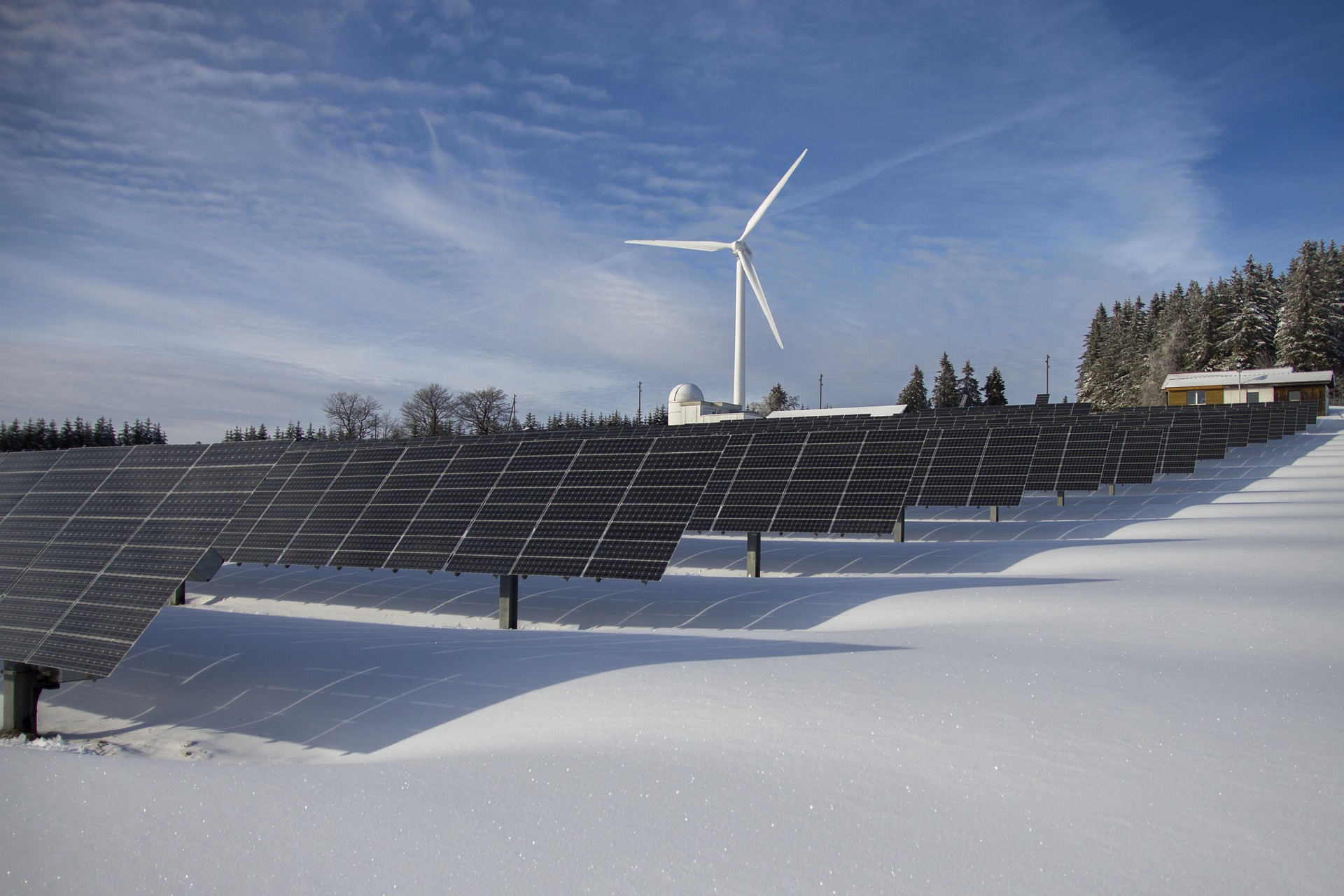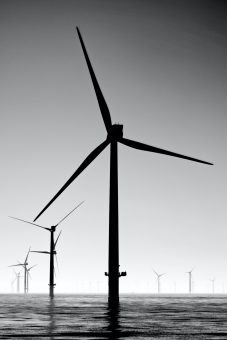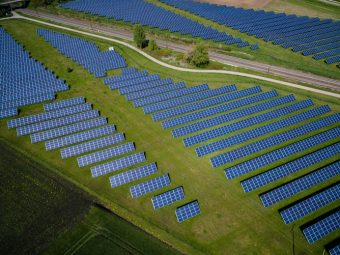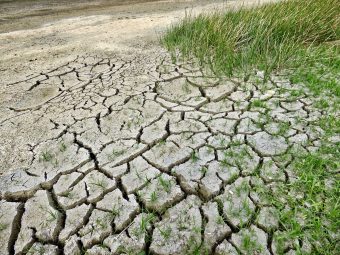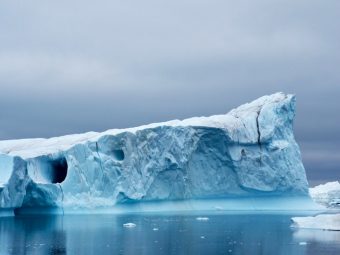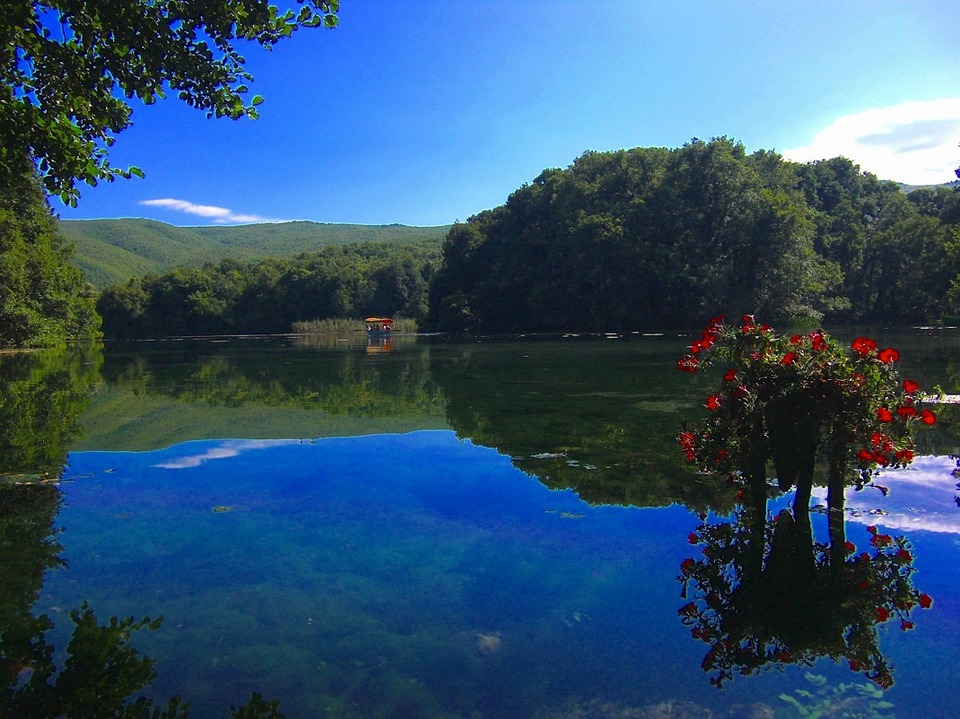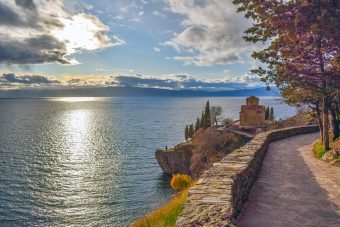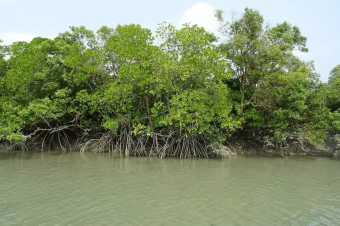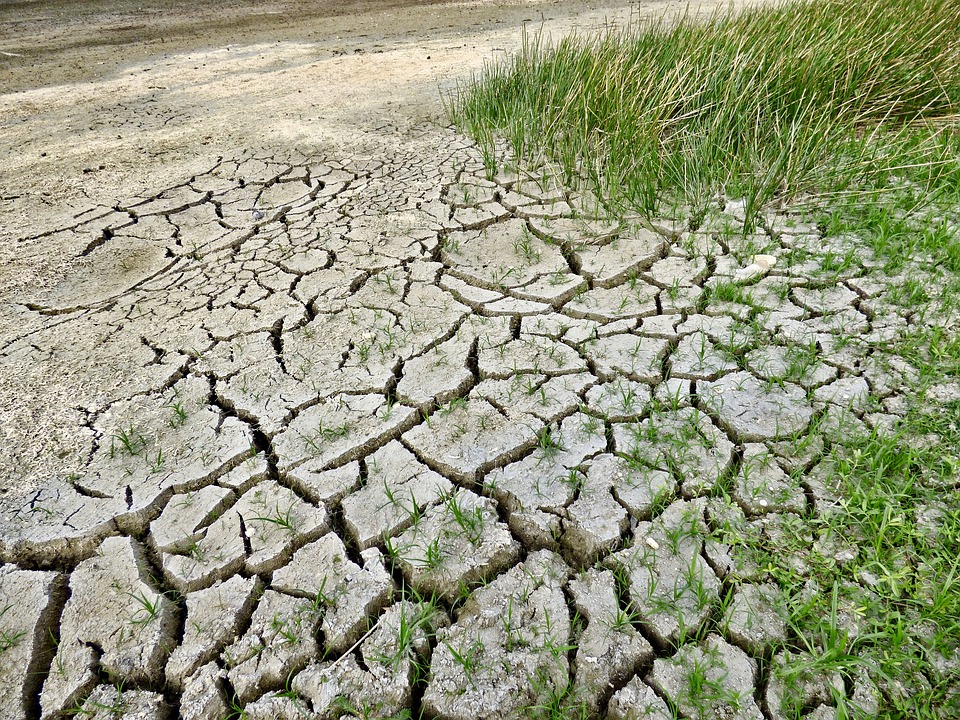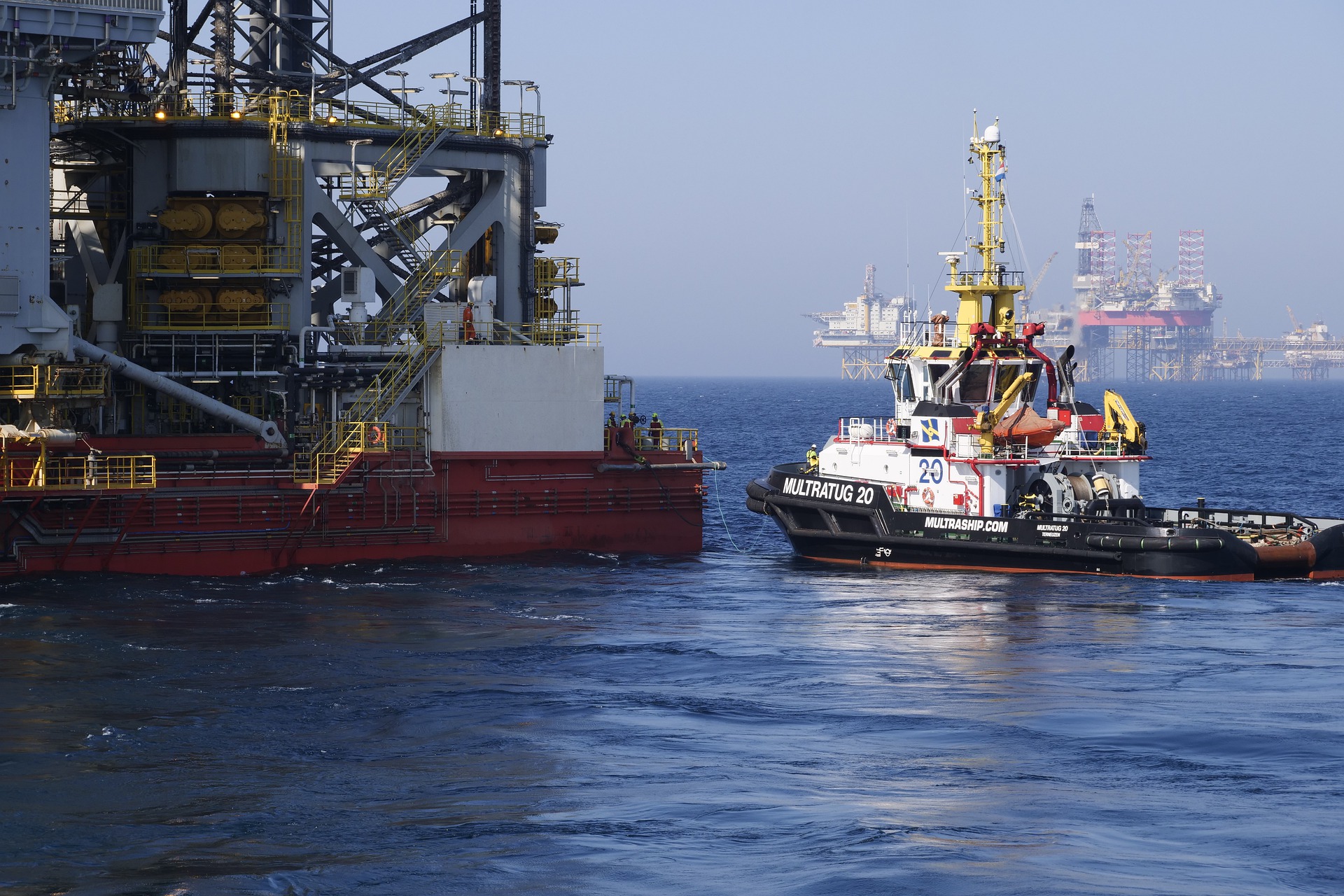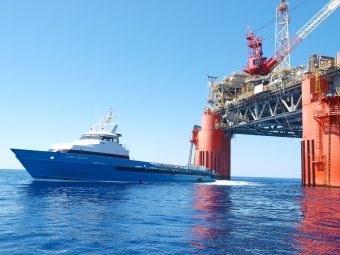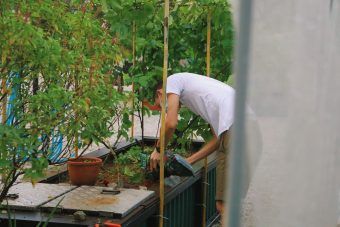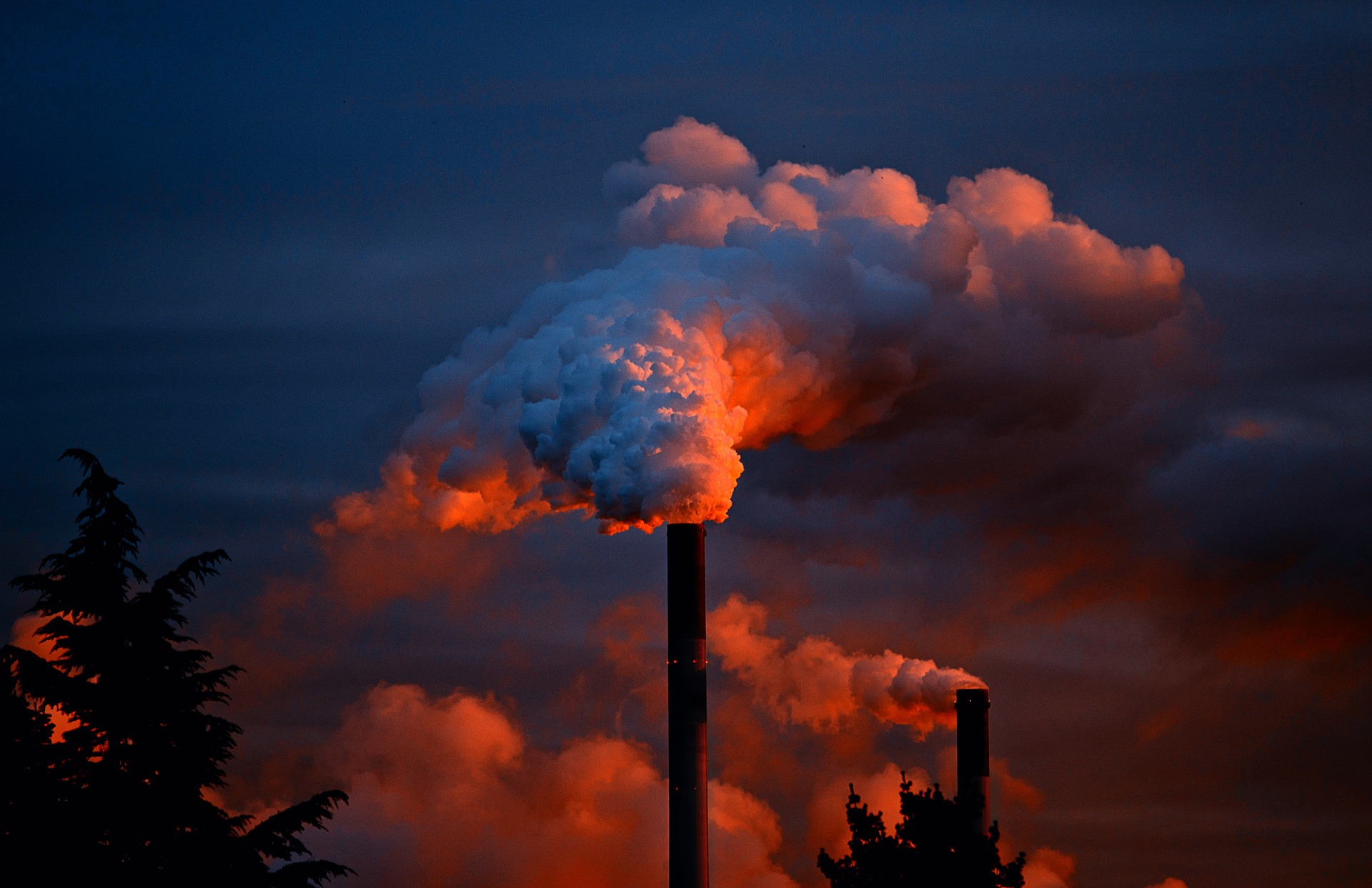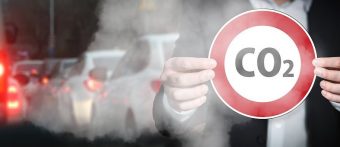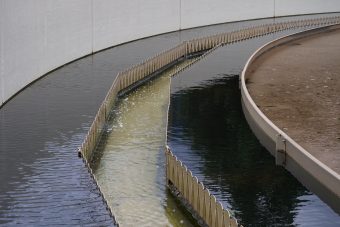
Drop in methane emissions from oil and gas industry in 2020 due mainly to lower production rather than prevention of leaks, says IEA as it releases new ‘how-to’ guide for policy makers to tackle issue.
Methane emissions from the global oil and gas industry fell by an estimated 10 percent in 2020 as producers slashed output in response to the historic shock of the Covid-19 crisis, the International Energy Agency said today, warning that these emissions could rebound strongly without greater action by companies, policy makers and regulators.
Methane is a much more potent greenhouse gas than carbon dioxide (CO2) and makes a major contribution to global warming. According to the IEA’s 2021 update of its Methane Tracker, oil and gas operations worldwide emitted more than 70 million tonnes of methane into the atmosphere last year. This is broadly equivalent to the total energy-related CO2 emissions from the entire European Union.
The new IEA analysis indicates that a large part of the drop in methane emissions in 2020 occurred not because companies were taking more care to avoid methane leaks from their operations, but simply because they were producing less oil and gas. As such, there is clearly a risk that this downward trend will be reversed by an increase in production to fuel a rebound in global economic activity.
“The immediate task now for the oil and gas industry is to make sure that there is no resurgence in methane emissions, even as the world economy recovers, and that 2019 becomes their historical peak. There is no good reason to allow these harmful leaks to continue, and there is every reason for responsible operators to ensure that they are addressed,” said Dr Fatih Birol, the IEA Executive Director.
More:
“Alongside ambitious efforts to decarbonise our economies, early action on methane emissions will be critical for avoiding the worst effects of climate change. There has never been a greater sense of urgency about this issue than there is today, said Dr Birol. “To help accelerate these efforts, the IEA is today releasing a ‘how-to’ guide that governments and regulators can use to bring down methane emissions from oil and gas operations.”

IEA analysis highlights that reducing methane emissions is very cost-effective for oil and gas companies. Unlike CO2, there is already a price for methane everywhere in the world – the price of natural gas. This means the costs of improving operations or making repairs to prevent leaks can often be paid for by the value of the additional gas that is brought to market.
“We believe that industry must act, visibly and quickly,” Dr Birol said. “But there is also a strong role for government policies; to incentivise early action by companies, push for transparency and improvements in performance, and support innovation in getting results.”
The new IEA report, Driving Down Methane Leaks from the Oil and Gas Industry: A Regulatory Roadmap and Toolkit, offers a step-by-step guide for anyone trying develop or to update regulation on methane. Its advice draws on analysis of how more than 50 countries, states or provinces – from the United States to Nigeria, from Iraq to China and Russia – have tackled methane emissions from a regulatory perspective.
“In this crucial year for climate action leading up to COP26 in Glasgow in November, this is the moment for governments to raise ambitions not only on CO2 but also on methane,” Dr Birol said. “One important avenue, especially for countries with large oil and gas sectors, will be to include commitments on methane in their new or updated pledges in advance of the COP meeting. This is also the moment for companies to put all their weight behind this effort.”
The case for action is not just environmental or reputational. There are increasing signs that consumers are starting to look carefully at the emissions profile of different sources of gas when making decisions on what to buy. A gas producer without a credible story on methane abatement is also one that is taking commercial risks.
Source: IEA

